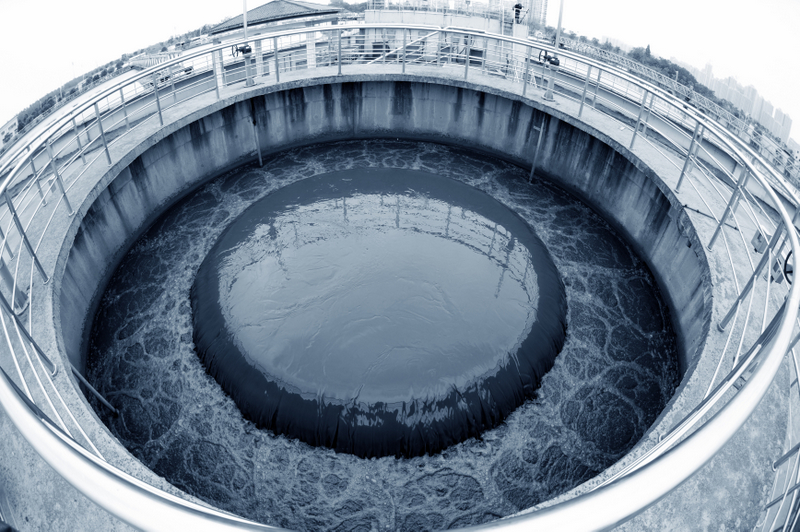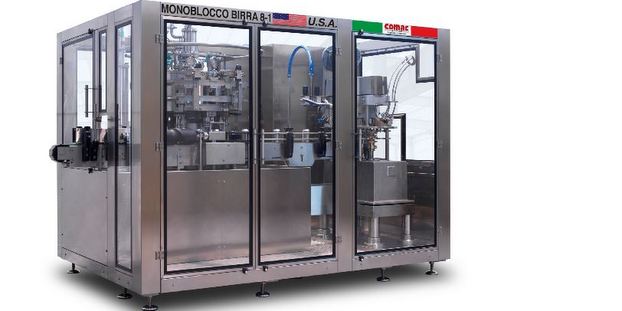 Water is a key element in the brewing business. Both the quality of the water used to make beer and the sanitation of the wastewater generated in the process is of major importance to craft brewers. This challenge has only increased in importance as the industry has grown. Over the past 15 years, the microbrew industry in the United states has produced over 7,000 indie brewers, and the segment’s market share of all beer is more than 15 percent, according to the Beverage Trends in Packaging and Processing Operations report produced by PMMI, the Association for Packaging and Processing Technologies.
Water is a key element in the brewing business. Both the quality of the water used to make beer and the sanitation of the wastewater generated in the process is of major importance to craft brewers. This challenge has only increased in importance as the industry has grown. Over the past 15 years, the microbrew industry in the United states has produced over 7,000 indie brewers, and the segment’s market share of all beer is more than 15 percent, according to the Beverage Trends in Packaging and Processing Operations report produced by PMMI, the Association for Packaging and Processing Technologies.
As an unfortunate part of the process, craft breweries can end up with an average of 3 gal of wastewater for each gallon of beer produced. While this is much less than large brewing operations, this wastewater can be taxing to local water treatment facilities and if not properly treated, can disturb surrounding ecosystems. And while environmental stewardship is often an important aspect of brewing great beer, water consumption and wastewater disposal remain environmental and economic hurdles.
The effluent produced in beer-making typically contains high levels of suspended solids, mainly the yeasts, hops, other grains and sugars leftover after brewing. These solids cannot be broken down easily by water treatment plants, and they may consume too much oxygen in the process, throwing off the delicate balance of bacteria and microorganisms that sewage plants rely on. Brewing products may also be too acidic or caustic, which can cause further problems treating the water. Municipal wastewater plants are not typically equipped to handle this type of wastewater, and some may even consider imposing fines on breweries pumping out waste that taxes their systems.
Craft brewers are looking at new and innovative approaches to reducing the impact of their waste streams. For many brewers, the biggest waste problem comes from the malting and lautering processes, which produce a byproduct of spent grains. The traditional solution has been to truck the spent grains to a landfill and send the nasty water to a municipal treatment plant.
But brewers are always looking for new and environmentally sound ways to deal with the waste. Some brewers are recycling their spent grain and yeast solids by passing them to local dairy farmers as feed for cows. Larger craft brew houses have put onsite water treatment plants into place to pretreat organic matter, thus improving the quality of the water it sends to the municipal treatment plant. Local farmers can use the biosolids produced from this process for soil amendment and fertilizer. For craft breweries, determining the best way to deal with wastewater is a critical factor as they work to grow their business.
Where can you find specific solutions in the form of products and services?
Might we suggest craft brewers find some of the industry’s most innovative solutions in wastewater treatment and disposal while attending this year’s ProFood Tech, (March 26-28, 2019, McCormick Place, Chicago). As the only processing trade show in North America that addresses all market sectors, ProFood Tech will welcome 7,000 professionals from all food and beverage processing markets. Produced by three of the world’s trade show leaders, PACK EXPO, Koelnmesse (organizer of Anuga) and the International Dairy Food Association (IDFA), the three-day event showcases cutting-edge crossover technologies and innovative solutions from 400 exhibitors over 125,000 net square feet of exhibit space. For more information and to register, go to profoodtech.com.
Maria Ferrante is the senior director of marketing and communications with PMMI.





[…] has grown, taking care of the wastewater has only become more and more necessary. According to the Craft Brewing Business, craft breweries can end up with an average of 3 gallons of wastewater for each gallon on beer […]